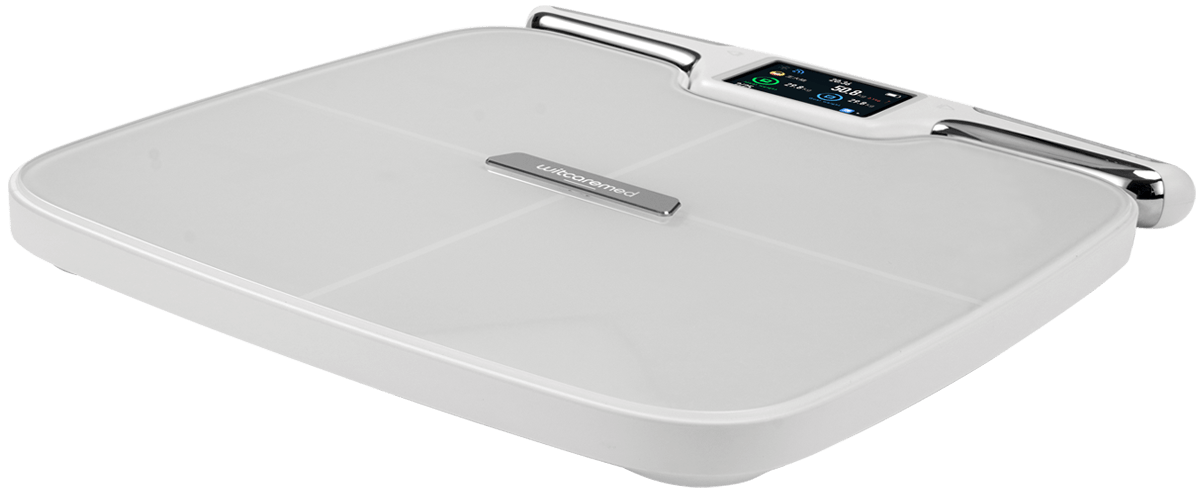The Importance of Full-Body Analysis
Do you know the benefits of full-detail body analysis.When it comes to achieving fitness goals, a comprehensive understanding of one's body composition is crucial. Full-body analysis techniques provide valuable insights into various aspects of an individual's physical health and fitness levels. By delving deep into these analysis methods, individuals can tailor their workout routines and nutrition plans more effectively.

Body Composition Analysis
One of the key components of full-body analysis is body composition analysis. This technique involves assessing the proportions of fat, muscle, water, and bone in the body. By understanding these different components, individuals can set realistic goals for weight loss or muscle gain. Body composition analysis can be done using methods such as bioelectrical impedance analysis (BIA) or dual-energy X-ray absorptiometry (DEXA).
Deep Dive into Full-Body Analysis Techniques in the Fitness Industry
Within the fitness industry, professionals use advanced technologies to conduct in-depth full-body analyses. These techniques go beyond basic body composition assessments and provide detailed information on muscle symmetry, posture, and movement patterns. By analyzing these factors, trainers and coaches can create personalized training programs that address specific weaknesses and imbalances in the body.
Metabolic Rate Assessment
Another important aspect of full-body analysis is the assessment of metabolic rate. Metabolism plays a significant role in weight management and energy levels. By measuring metabolic rate, individuals can determine the number of calories their body needs to maintain, lose, or gain weight. This information is valuable for designing nutrition plans that support fitness goals.
Exploring Full-Body Analysis Techniques in the Fitness Industry
In the fitness industry, metabolic rate assessments are often conducted using indirect calorimetry or metabolic carts. These tools measure the amount of oxygen consumed and carbon dioxide produced during rest and exercise, providing insights into an individual's energy expenditure. By understanding their metabolic rate, individuals can make informed decisions about their diet and exercise regimens.
Movement Analysis
Full-body analysis also includes movement analysis, which focuses on assessing how an individual moves during physical activities. By analyzing movement patterns, professionals can identify areas of weakness or dysfunction that may lead to injuries. Techniques such as motion capture systems and 3D gait analysis help trainers and therapists understand biomechanics and optimize movement efficiency.
Enhancing Full-Body Analysis Techniques in the Fitness Industry
Advancements in technology have revolutionized movement analysis in the fitness industry. Wearable sensors, video analysis software, and virtual reality systems enable professionals to capture and analyze movement data with precision. By incorporating these tools into full-body analysis, trainers can provide targeted interventions to improve performance and prevent injuries.





